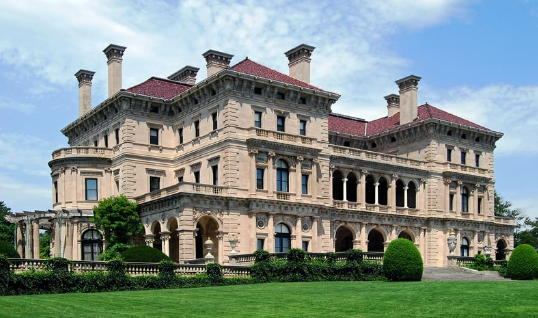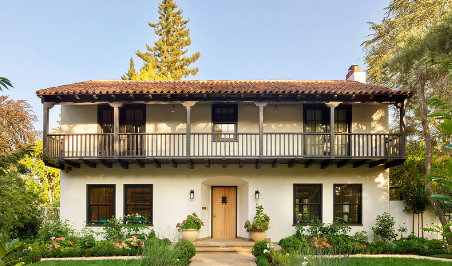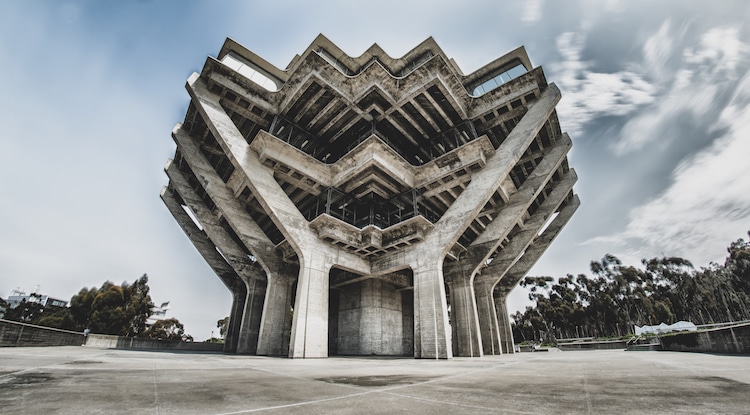
Drawing inspiration from Renaissance humanism and also called neo-Renaissance, Renaissance Revival first appeared in the 1800s, several hundred years after original Renaissance first appeared in Florence & Central Italy.
Extraordinarily ornate and unapologetically formal, the style was characterized by a rectangular, symmetrical floor plan, with masonry and/or stone exteriors, highlighted by terra cotta or cast stone details. They also had low-pitch or flat roofs hidden behind cornicles (decorative projections on top of walls, elaborate windows), and were typically massive in size.
There are examples of Renaissance revival all over Europe and the US, including the Rothschild Estate, the Vanderbilt Estate, the Schwerin Palace in Germany and the National Theater in Prague.












